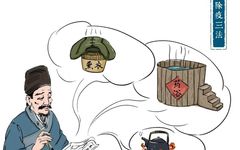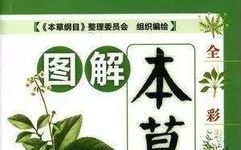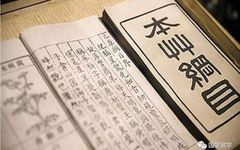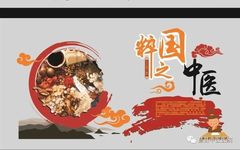The Classics of China: Focus on the Compendium of Materia Medica
Click the blue text Follow us This Herb Issue Four Outline Contents Written by Li Shizhen, the Compendium of Materia Medica (Bencao Gangmu) is a culmination of pre-Ming dynasty materia medica studies, and it was the first to adopt a systematic classification of medicinal substances, pioneering the way for future materia medica texts. The book … Read more










